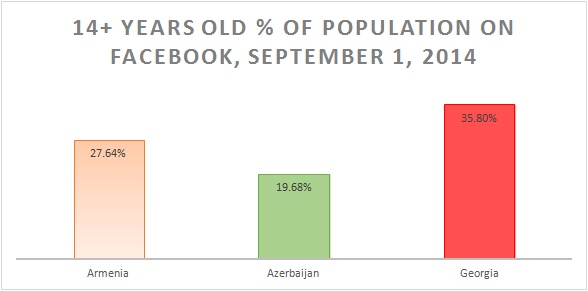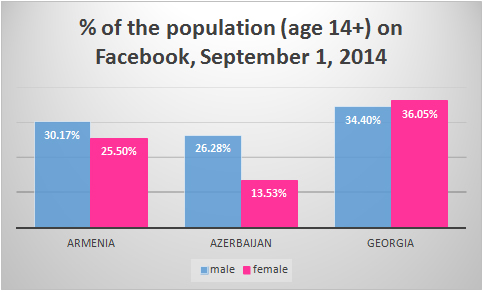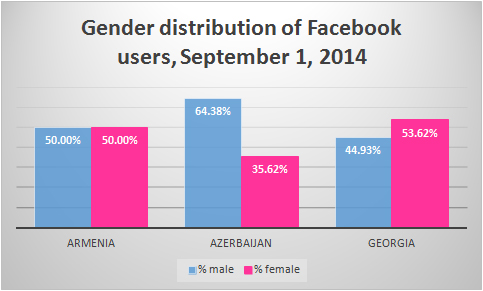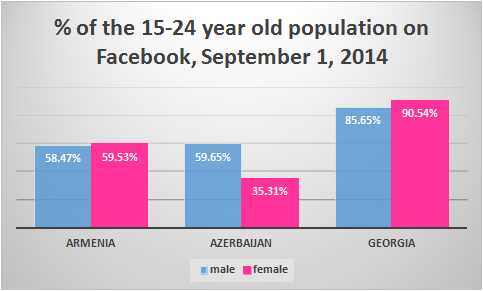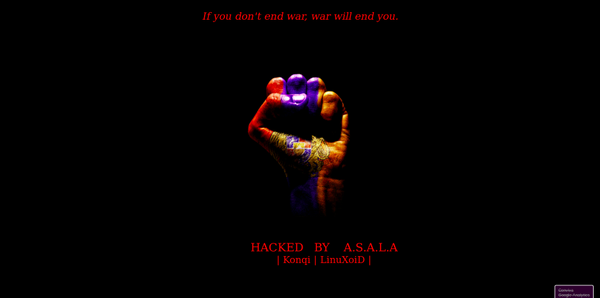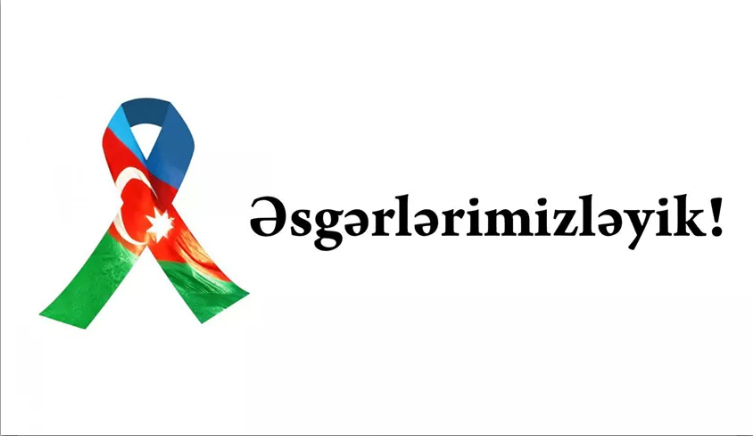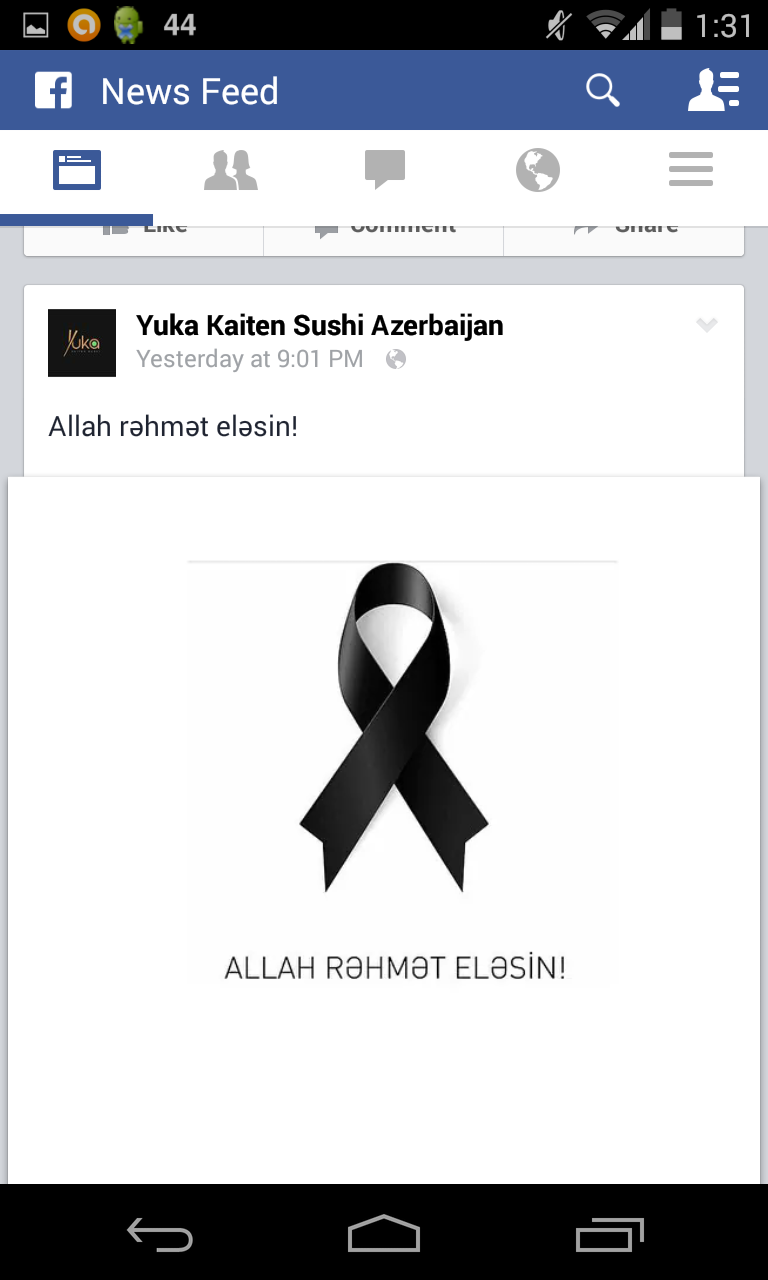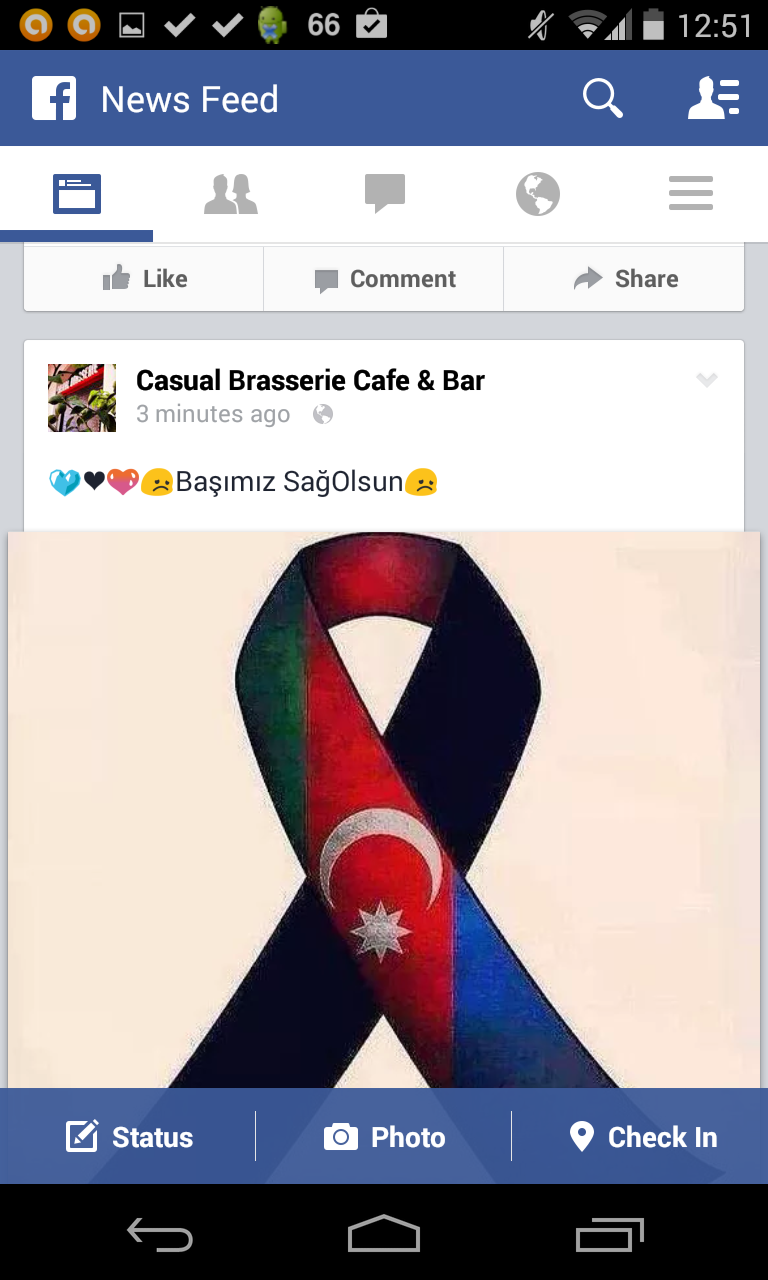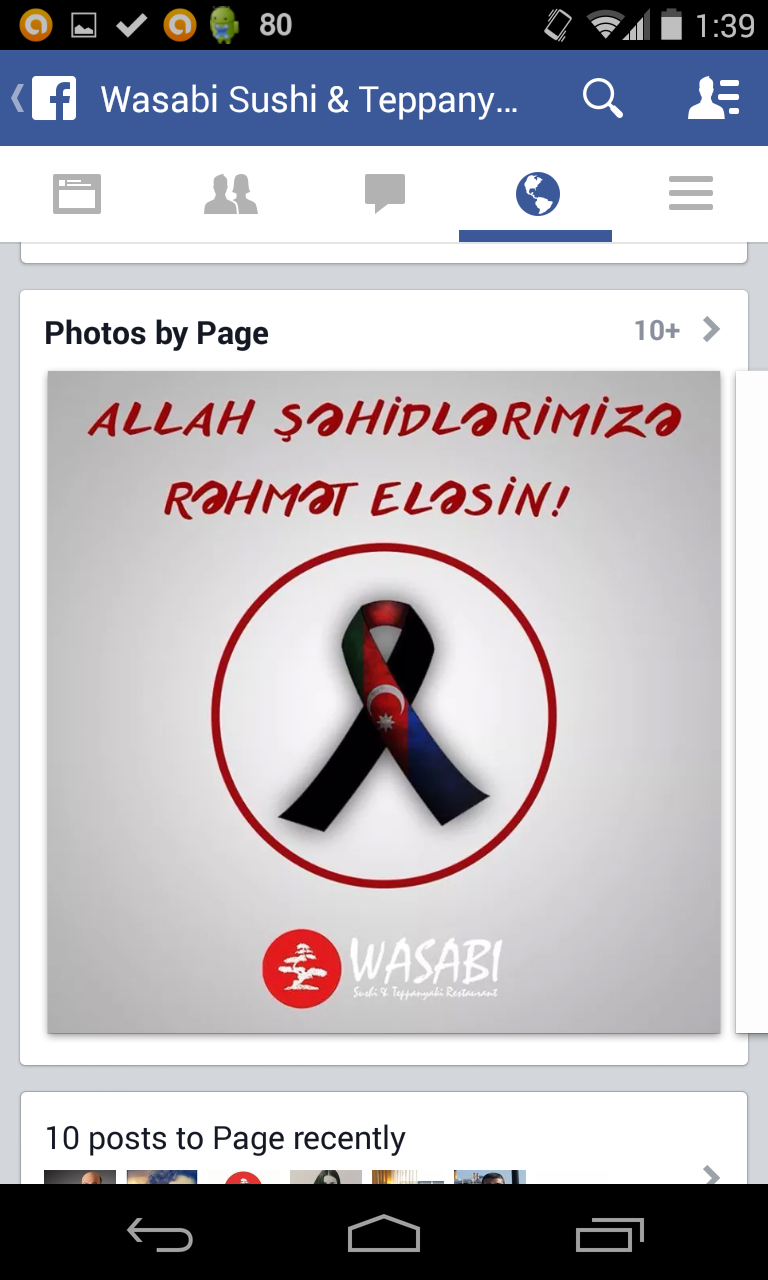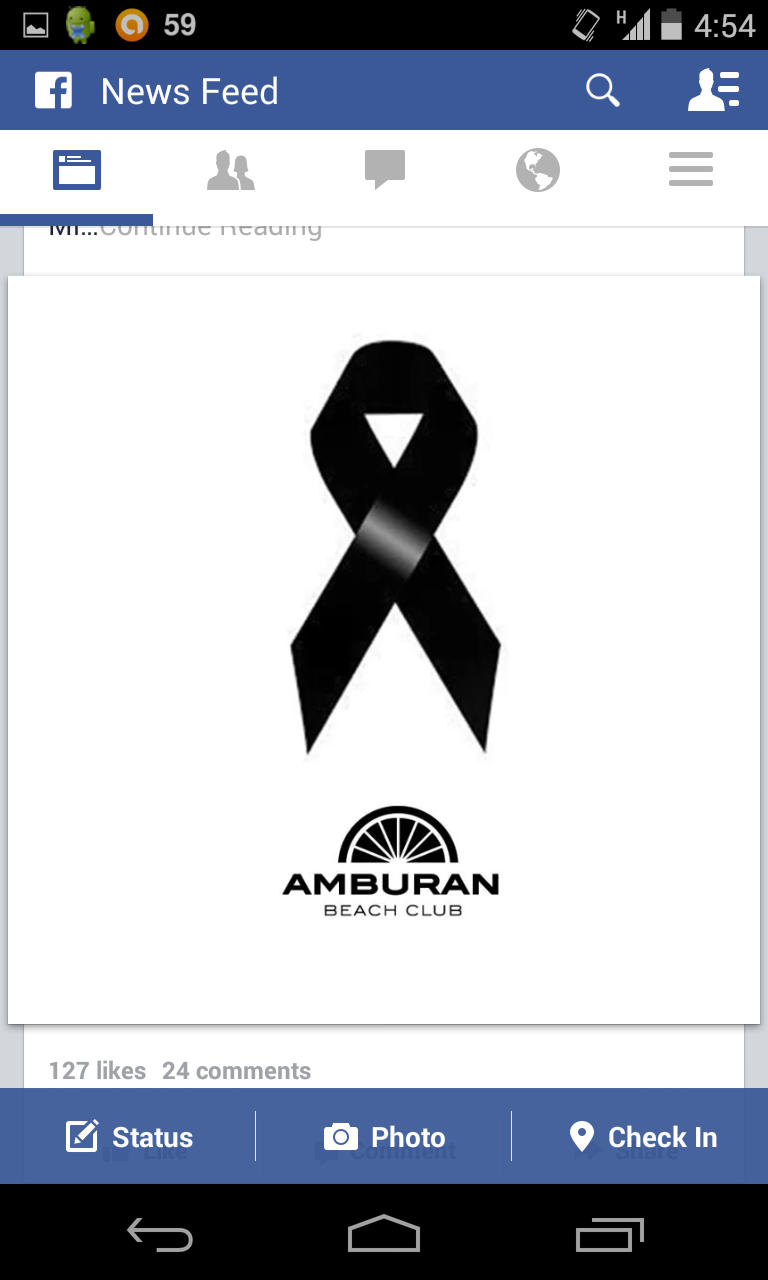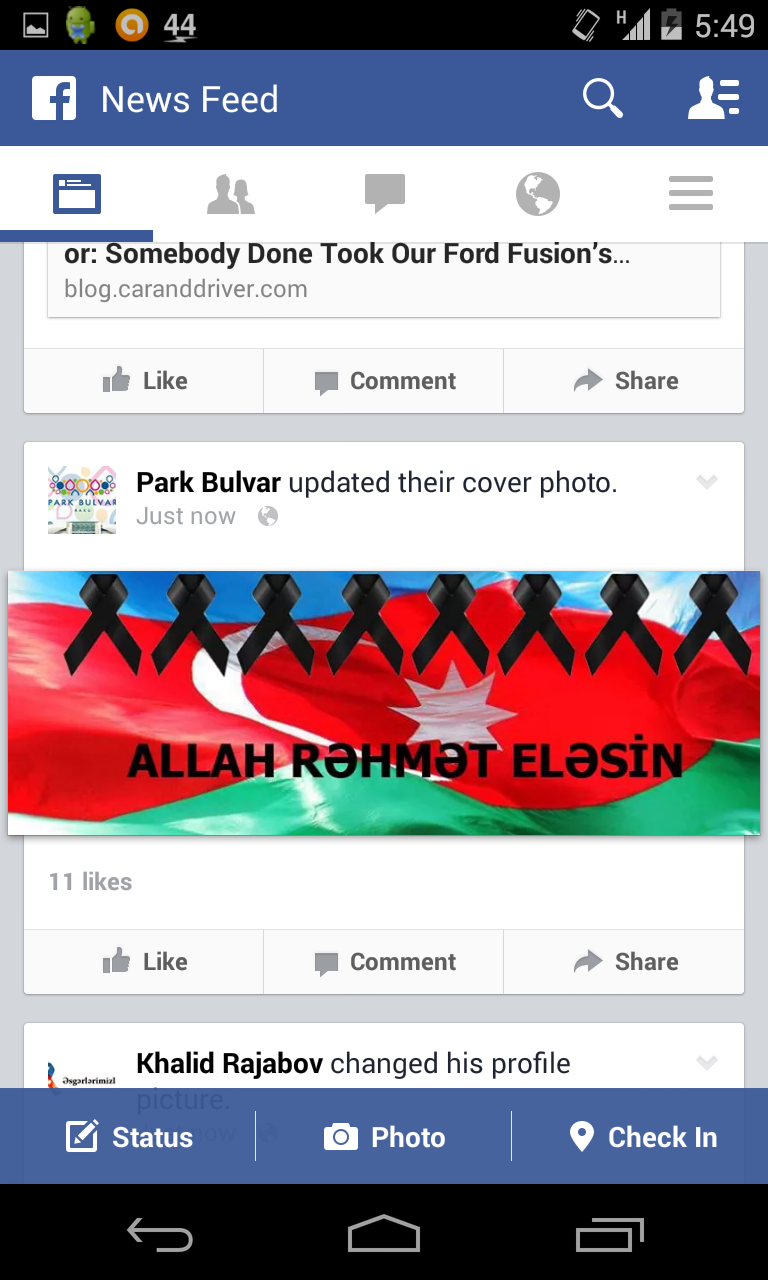Why I’m Going Device-Free (sort of) in My Classroom (9/29) – UPDATED 11/3
My classroom is literally a sea of devices. This may surprise those of us that went to college before the era of affordable laptops, tablets, and smartphones. For us, going to class meant writing notes in a notebook. Only two of my undergraduate professors used PowerPoint and I explicitly remember getting a C in a science course where the professor put the PowerPoints online, thus resulting in me not attending the lecture. Even in my graduate school years, laptops in the graduate classroom were pretty rare.
But today, things are quite different. For the last 3 years at least, every class that I’ve taught has 95%+ of the students watching me over the edge of a device.
My attitude toward all these devices has generally been laissez faire. I usually teach classes about technology. And I had a syllabus policy asking students to be considerate in their use of technology while in the classroom.
And when I am in a lecture environment at a conference, I too like being on my devices. I tell myself that I am taking notes or Tweeting comments, but I am fooling myself. I am also checking Facebook, email, or reading Twitter. And as a result, I am not getting as much out of the lecture.
And my students must not be getting much out of my lectures either.
This summer an article appeared in the Chronicle that made me change my mind about my laissez faire attitude. Anne Curzan presents the empirical evidence against having devices in the classroom and how she presents this evidence to students. I was convinced. The main findings that were meaningful to me were that the brain learns better when taking notes and that students who can see other students’ laptop screens are distracted enough that it impacts their learning. It is that second-hand smoke situation that pushed me over the edge.
This quarter I’m teaching an undergraduate course on social effects of technology. This is the second time that I’ve taught it and it emerged from another course on social effects of mobile communication, which I taught three times. The class is semi-flipped in that I lecture for one of the 2 hour sessions (and I put the PowerPoint online days before the class meets) and the students do a group project on the other 2 hour session. Students write a 750 word reflection paper each week and do weekly reading quizzes, but there are no exams.
In such an environment, in my opinion, students do not need to take detailed, searchable lecture notes on a device. My lecture only plays a small role in their reflection papers. They could easily print the PowerPoint or just write in a notebook.
My class isn’t “device-free” though. I will ask students to take out devices for small research activities. (Tomorrow I’ll be asking them to think about the affordances of sites/apps like YikYak, Ello, Whisper, and Secret. The students may need to do some research on what these sites offer.) And on the weekly class sessions that are exclusively group work, research, blog writing, and PowerPoint creation will all happen on devices.
But will the students hate it? It is possible. So like Anne Curzan, I’m trying to introduce the idea with research. This class is organized around weekly questions. “What’s the effect of technology/social media on X? (X = learning, relationships, privacy, etc.)” and our first week’s question is what is the effect of technology on notetaking.
The students were assigned these readings:
http://www.slate.com/articles/health_and_science/science/2013/05/multitasking_while_studying_divided_attention_and_technological_gadgets.html – a Slate article on multitasking
http://www.newyorker.com/tech/elements/the-case-for-banning-laptops-in-the-classroom – a New Yorker article that summarizes the research on laptops in the classroom
http://www.pbs.org/mediashift/2014/09/why-clay-shirky-banned-laptops-tablets-and-phones-from-his-classroom/ – a Clay Shirky article on why he banned devices in the classroom
http://www.sciencedirect.com/science/article/pii/S0360131509001900 – an ethnographic study arguing for devices in the classroom
And in our weekly activity, the students will work with our departmental librarian to do more research on this topic.
Then their first writing assignment asks them to make an argument, with evidence, for or against devices for notetaking.
I am going to be open minded. If the students can convince me, I am willing to consider having a “device zone” in the back row of the classroom. Also, if any students need devices for disability accommodations, I will automatically set a “device zone” policy.
Meanwhile, I look forward to seeing what will happen. And I’m starting to wonder about devices in my other classes. In MA/PhD graduate seminars, the students have devices to refer to the digital assigned readings. There is a strong expectation that they’ll refer to the readings multiple times in a seminar session. I don’t think that devices are as much of a problem in that environment. In the winter quarter I’m teaching a large exam-based research methods class. I don’t think that I can ban devices there. But maybe I could? Or maybe I could do a device zone there? Any thoughts?
—-
UPDATE early November.
I’ve been teaching without devices for notetaking for over a month now and I have to say that I LOVE IT and the students do too. I had the students read a lot of the research and write reflection papers arguing for or against devices for notetaking. The vast majority argued against using them. I then asked them in class to vote (by moving to a side of the room) for, against, or don’t care. And only one student wanted them. I was amazed.
Since then I’ve been pleasantly surprised – the students are incredibly engaged. I taught this last just last spring term and it is like night and day. The students’ grades on every assignment are statistically significantly higher. More students say more things in class – to the point where my timing is off because all my slides are timed for 1 hour and 50 minutes. In almost every class I’ve had to skip a lot of slides because the discussion was so good.
There have been 2 or 3 times that I see a device out – but this has never been while I’m lecture, rather when other students are presenting. I go over and lightly touch the student on the shoulder. And when they have their devices out for a project, I’ve noticed less goofing off. They’re honoring the spirit of being device-free.
Every student that has come to office hours have said how much they like it and many have told me that they have stopped using devices in other classes.
I do a mid-term feedback survey and here’s what the students had to say about devices:
“I particularly like the way we learn through interactive and engaging discussions in class with the visual aids. I also love the fact that we are encouraged to just use notebook paper to take notes, I like that there are minimal distractions. Everything is very insightful and entertaining, and in no way boring.”
“I think not allowing technology really helped us concentrate more during class.”
“I really enjoyed the in class discussion and group work part. I feel that it is very nice and interesting to hear what others think about the topics. I also think the way you asked us to vote about the in class use of devices really got us into deeper thinking about the topic.”
“A device-free zone and focusing on topics that are relevant in our lives, such as social media. I also love the structure. It is consistent every week and having to perform my best on every assignment instead of just one midterm and final is refreshing and I think working quite well.”
I’m finalizing the syllabus for my large lecture course next quarter and I’m going to stay device-free. I’m thrilled.
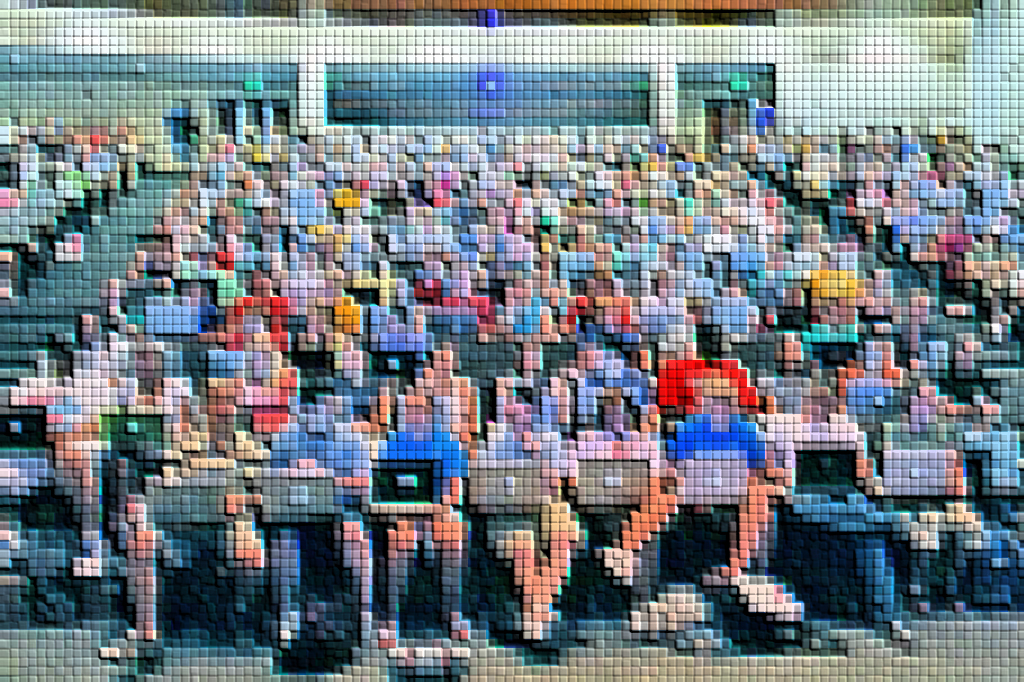

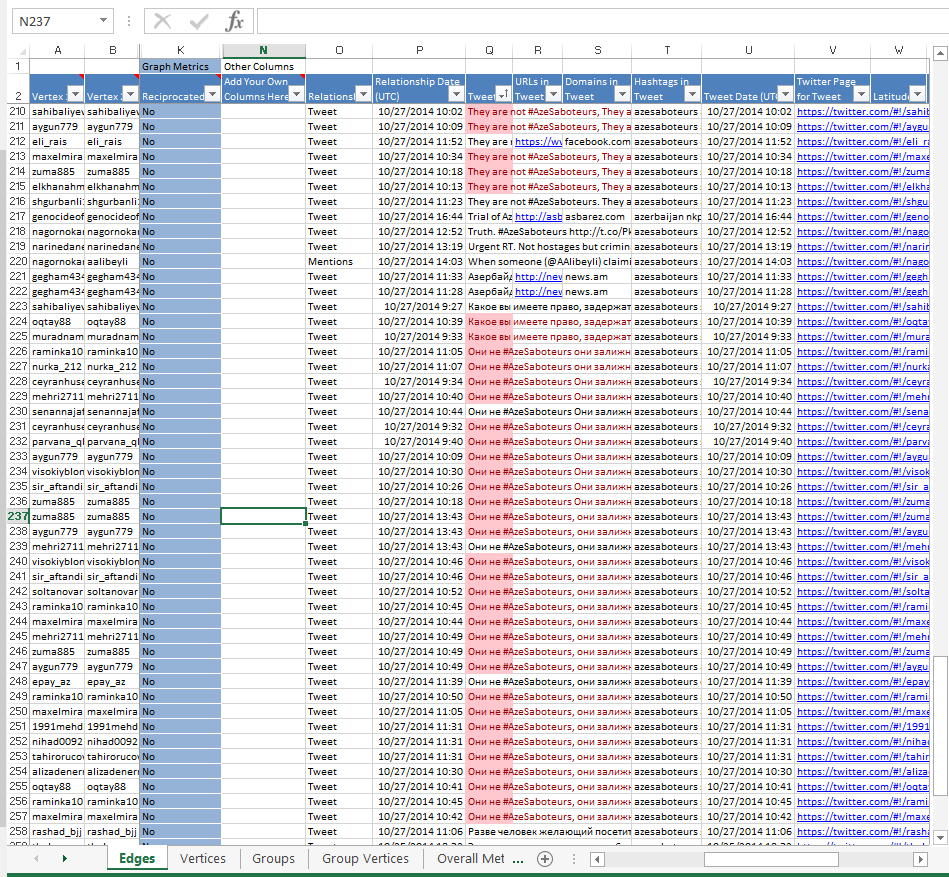





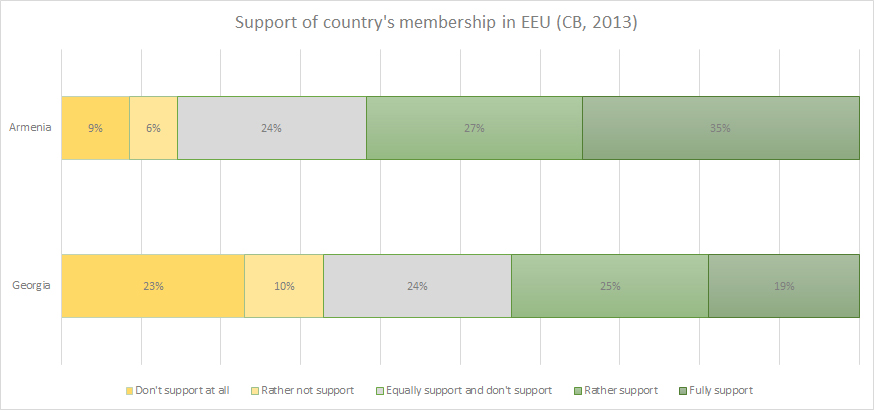

 (January)
(January)
